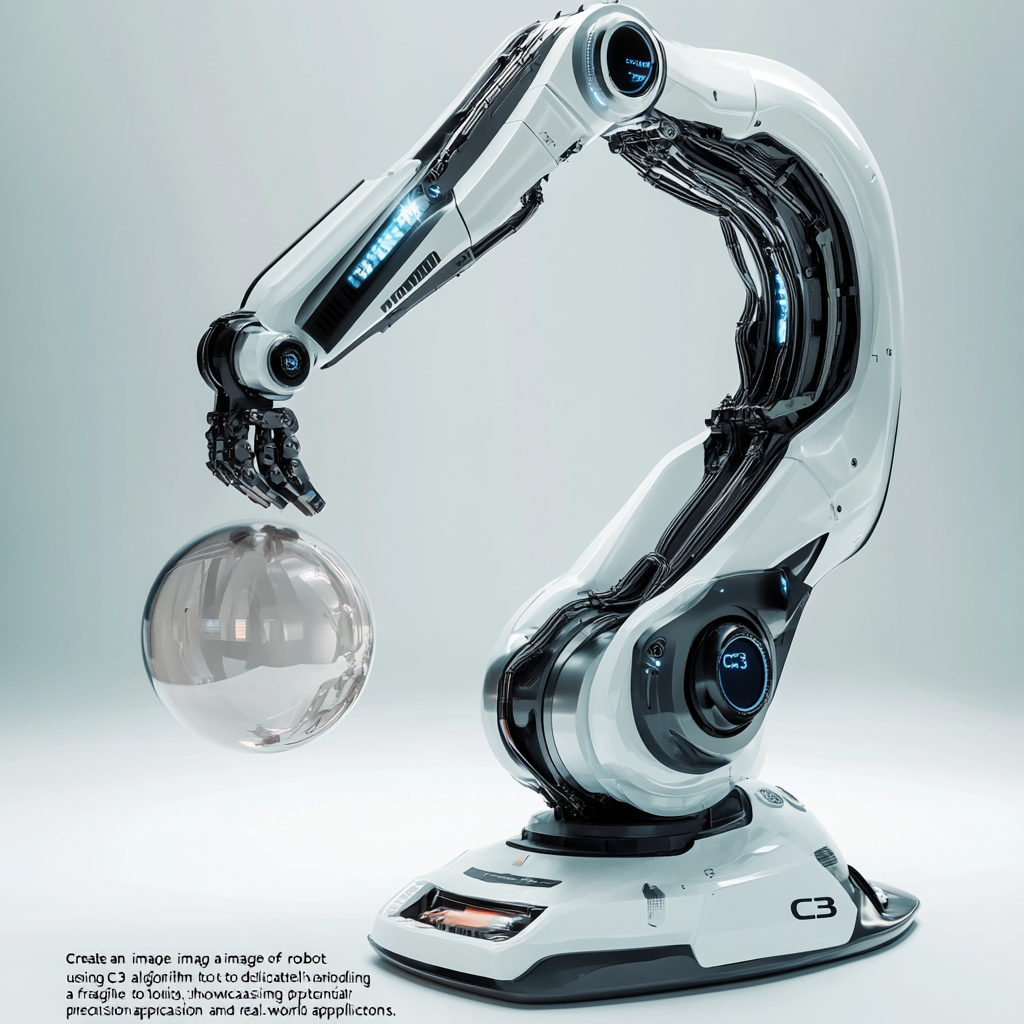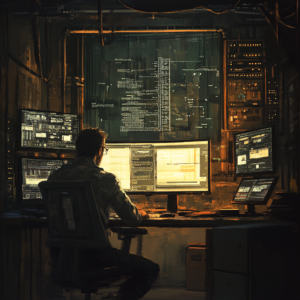
Embracing Tomorrow: Revolutionizing Robotic Touch with Advanced Algorithm
Touching the Future: Unleashing Optimized Interaction for Robots
Diving headfirst into the wild, wide world of robotics today, do you ever stop to consider the magic happening behind the curtain? It’s not just technical wizardry; it’s a whirlwind of science and creativity. Imagine, a future where robots can interact physically with their environment with the ease and precision of a seasoned sushi chef slicing through the freshest fish—sounds dreamy, doesn’t it? Thanks to some trailblazing researchers at the University of Pennsylvania, this once-fanciful prospect is no longer just a plot twist in a sci-fi novel. Welcome aboard, as we explore the leaps taken to perfect physical interaction in robotics.
The Conundrum of Contact
Before you scoff while pouring your morning coffee, let’s get serious about a very sticky wicket in robotics: physical contact. While the average human can effortlessly pick up their favorite mug without a second thought, robots struggle like a toddler learning to walk. Who knew that something as simple as grabbing a cup would involve a minefield of calculations? From angles of approach to the precise force levels required to avoid a catastrophic spill-off, robots face a daunting task that's akin to operating a high-stakes carnival game.
Enter the C3 Algorithm: The Game-Changer
These brainiacs from Penn have rolled out the red carpet for an innovative marvel called the Consensus Complementarity Control (C3) algorithm. Can we just take a moment to appreciate that snazzy nomenclature? Ol’ C3 is not merely a geeky acronym—it's a beacon of hope for the future of robotics. The genius behind it? It allows robots to adapt to complex physical contact scenarios in real-time, absolutely unheard of until now!
So, how does it work? The C3 algorithm is like a magician, enabling robots to “hallucinate” potential contact scenarios. Sounds wild, right? Picture this: as a robot approaches an object, it conjures up a mental montage of every conceivable interaction. This isn't just random daydreaming, though. It generates gradients to analyze potential outcomes, allowing it to navigate the physical world like a pro. It's like giving robots a sixth sense, letting them finesse the physics of interaction to ensure flawless execution.
What’s Cooking with C3? Real-World Applications
Now, let’s put the C3 algorithm under the microscope and see what it can really do. Spoiler alert: it’s spectacular!
-
Sliding Objects, Prepare to Be Domesticated: Picture a robotic arm deftly handling a tray—much like a waiter balancing plates of food—except this tray is sliding around and covered in assorted items. With C3 in action, this futuristic bot thrived in what would be a chaotic scene for anyone sans robotic prowess.
-
Chop-chop! Translating Commands to Actions: Ever verbally instructed your robot to "chop an onion"? Well, thanks to our friend C3, high-level commands metamorphose into precise motor actions. The robot not only grabs the onion and its knife but executes the chop without resembling a toddler with a plastic butter knife. Truly a glorious sight!
What Lies Ahead? Propelling into the Future
Hold onto your hats, because the C3 algorithm isn’t resting on its laurels (and neither should we). This technology sets the stage for a robotics revolution that could change how we perceive machine interactions. Here’s what we can expect:
-
Supercharged Resilience: Researchers are working on ensuring that C3 can effectively handle objects of varying weights and shapes, solidifying its status as a go-to tool for any robotic task, no matter how tricky.
-
AI Fusion: The future suggests an electrifying integration of C3 with AI tools, including large language models. This means that robots could interpret and execute even the most complex of human instructions, closing the gap between man and machine.
Comparative Robot Shenanigans: Are We Keeping Up?
While C3 shines like a rockstar at a sold-out concert, it’s worth noting that other bright bulbs have been illuminating the robotics landscape, too.
-
Touch-Sensing Without the Skin: Teppanyaki robot chefs, beware! Researchers at the German Aerospace Center have engineered a system that enables robots to feel human touch sans artificial skin. Equipped with sensors that gauge pressures and torque, these robots gain the ability to interpret touch across their entire surface—which, let’s face it, is a huge step up from high-fives with metallic appendages.
-
Practice Makes Perfect: Over at MIT CSAIL, an algorithm dubbed EES (Estimate, Extrapolate, and Situate) is reshaping autonomous practice. Robots can now engage in skill practice in new environments independently, effectively leveling up tasks like floor sweeping. We’re talking evolution in action!
Moving Forward with Purpose
With exhilarating advancements like the C3 algorithm, we stand on the brink of a new robotic era. This technology promises a future where robots not only coexist with us but do so through seamless interaction and intuitive grasp of physical tasks. These innovations are not merely the icing on the cake; they're reshaping the very foundation of our future.
So, what are you waiting for? The thrill of technological evolution is upon us, and there’s no telling how deep this rabbit hole goes. Want to stay up to date with the latest news on neural networks and automation? Subscribe to our Telegram channel: @channel_neirotoken
Remember, understanding these innovations is more than just a pastime; it’s a cornerstone to embracing a future where robots and humans share a harmonious relationship. Don't get left behind—stick with us on this journey into the extraordinary!

